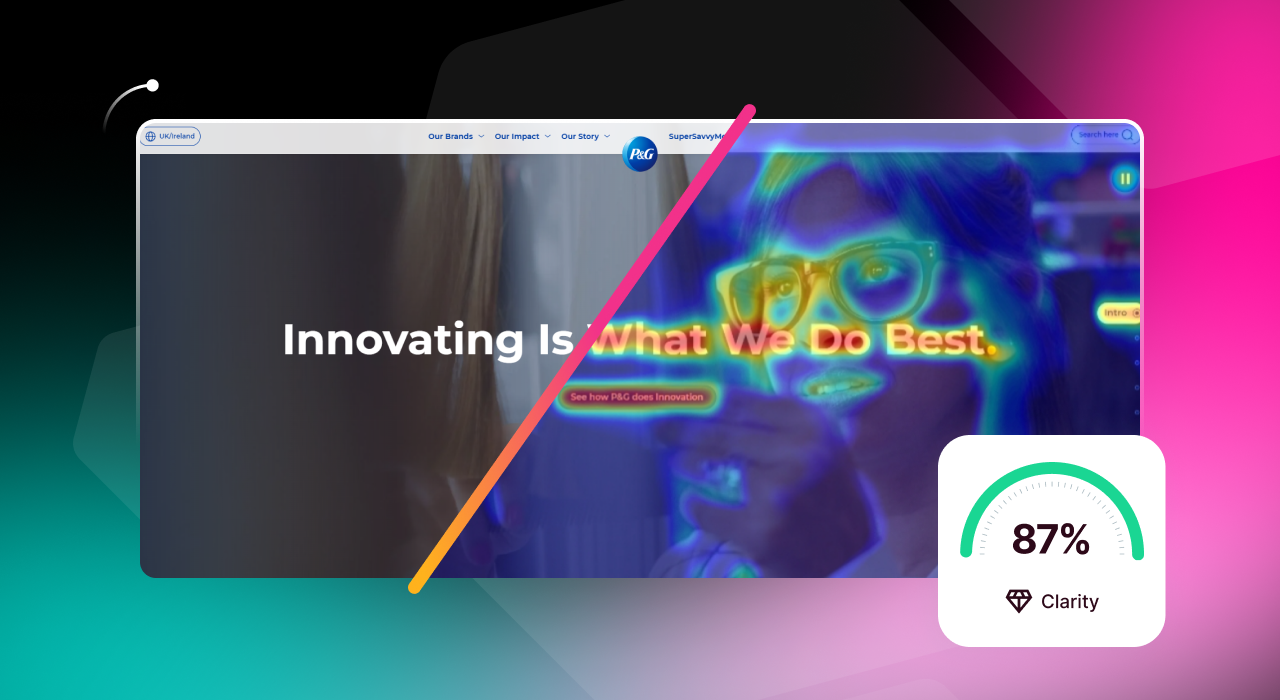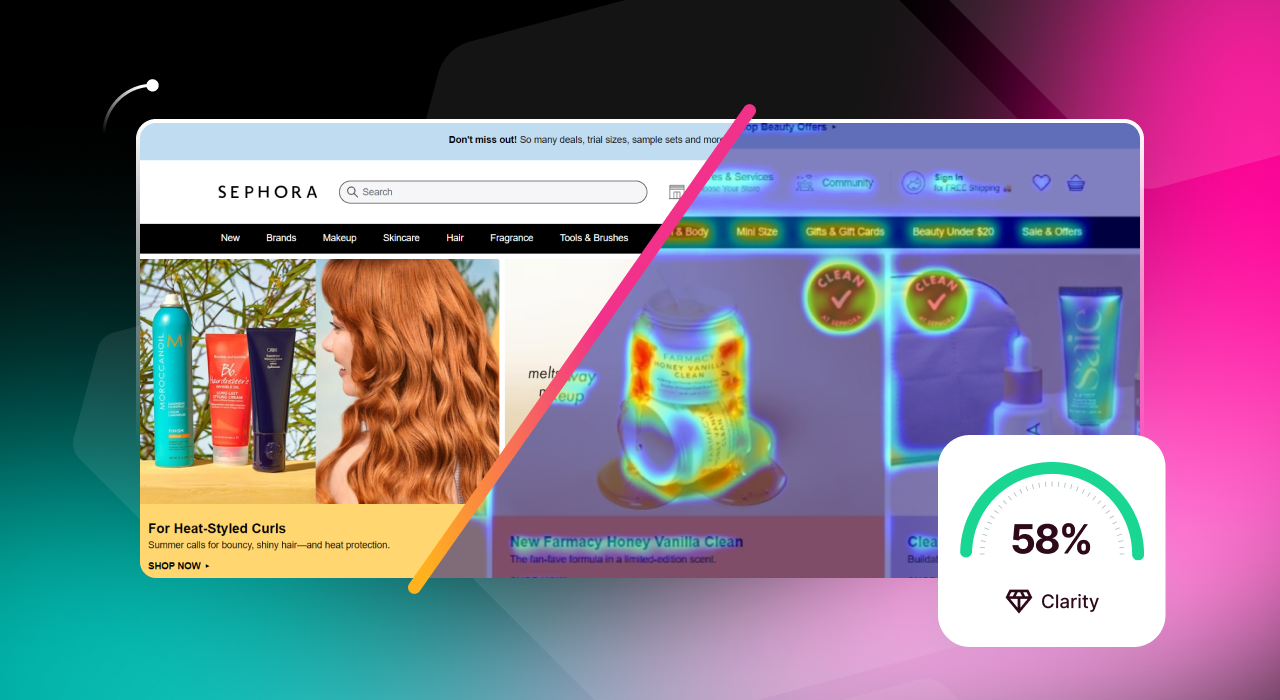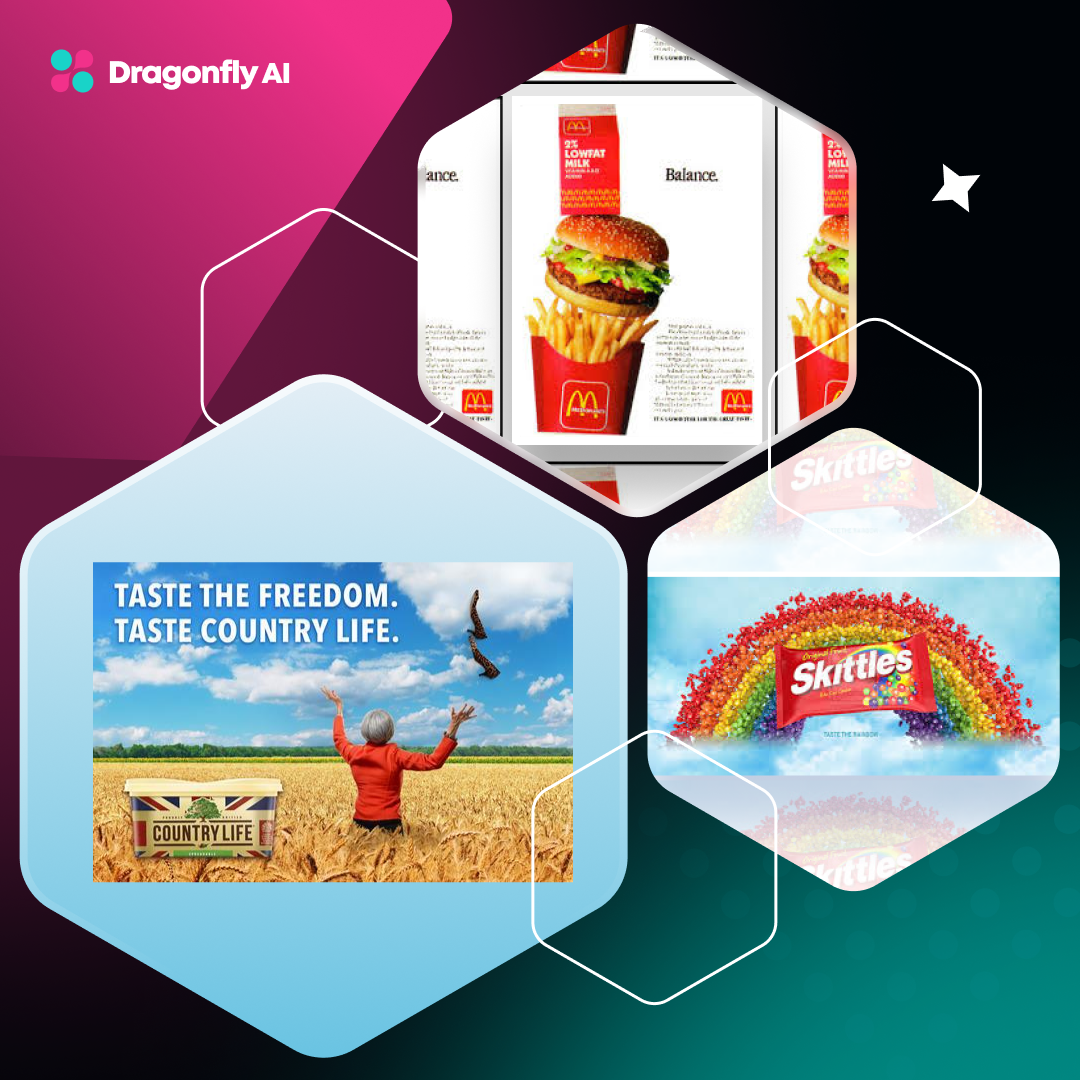Did you know that 60% of businesses report an increase in conversion rates after implementing A/B testing? A landing page is a potential customer's first impression of your brand, and it is important to convert visitors into leads or sales. A/B testing, or split testing, is a powerful tool that helps you effectively optimize your landing page.
A/B testing can help you compare and test different versions of your landing page. This way, you can determine what has greater impact and nudges more people to take action.
What Is A/B Testing?
A/B testing is a simple way to determine what generates more engagement on your website. You create two versions of a page and show them to different groups of people. Next, based on the results, you can see which version has higher results and optimize your landing page accordingly.
Statistics show that A/B testing can improve landing page sales by 70%. Such statistics show that A/B testing can help you improve your landing page performance. You can test different elements of your webpage, like headlines, buttons, and pictures. This will help you understand what works for your audience.
Benefits of A/B Testing for CPG Companies
A/B testing offers several benefits for Consumer-Packaged Goods (CPG) companies. Such as:
- Increased Sales: Optimized landing pages can drive more sales for CPG brands. This can also improve their return on investment.
- Better Customer Insights: A/B testing provides valuable insights into customer preferences and behaviors. These insights can help companies tailor their marketing strategies.
- Cost-Effective: With A/B testing, companies can make small adjustments that can lead to improvements without major investments.
Key Metrics to Measure in Landing Page Testing
When testing landing pages, there are some key metrics that you must track to understand their performance. These metrics include:
- Conversion rate: This metric tracks the percentage of visitors who complete a desired action on the site. These actions can include filling out a form or purchasing something. A high conversion rate shows that your landing page effectively turns visitors into customers.
- Bounce rate: This metric measures how many visitors leave the website only after viewing one page. It can tell if your landing page is engaging enough to keep visitors for longer.
- Time on page: This metric shows how long users stay on your landing page. If visitors spend more time on your landing page this means they are finding the content useful and engaging.
- Click-through rate: CTR tracks the percentage of users who click on a link or CTA on your landing page. A high CTR means that the CTA on your landing page is engaging and encourages users to take action.
- Engagement metrics: This assesses how users interact with different elements of your landing page. These elements include buttons, images, and forms. Tracking this metric will help you understand which parts of your page are compelling and which need improvement.

Types of Landing Page Tests
There are multiple methods to test and improve your landing page. Each type has its unique approach and benefits.
- A/B testing: A/B testing compares two versions of a single page element, like a headline or button. It is a simple way to find out which version works better. This method is ideal for making small and focused changes.
- Multivariate testing: With multivariate testing, you can experiment with several page elements at once. You can change the headline or the color of a button all at the same time. This helps you figure out which combination works best. However, you need more website visitors to get clear results as you test multiple things.
- Split URL testing: In split URL testing, different versions of a landing page are hosted on separate URLs. So you can see which store sells more. With landing page split URL testing, you make two different pages with different web addresses to see which one gets more visitors.
- Sequential testing: Sequential testing means you can try out different page versions one after the other. For example, you can show version A for a week and then switch to version B. This helps you see how each version performs over time. Remember, aspects like seasons or special offers can also affect your results.
How To A/B Test Your Landing Pages?
AB testing for landing pages can significantly help improve their performance by offering valuable insights. Wondering how to split test landing pages? To start A/B testing, you need a plan. Here are the steps involved:
- Set Clear Objectives: The first step is to define what you want to achieve with your test. Decide whether you want to increase sign-ups or sales. Having clear goals from the start will simplify your testing process.
- Identify Variables to Test: Decide which elements of your landing page you want to test. These variables can be headlines of your landing page images or even call-to-action (CTA) buttons. Choose only one element to get reliable results from A/B testing.
- Create Test Variations: Make different versions of the element of your page that you wish to test. For example, if you want to test headlines, make sure to write two different headings. Next, add these different versions to your page.
- Proper Randomization and Sample Size: Make sure your visitors are randomly assigned to the different versions of your landing page. This helps avoid any bias in your results. Also, ensure your sample size is large enough for accurate and reliable data.
- Running Tests for Sufficient Duration: Allow your test to run for enough time to gather meaningful data. A short test may not provide reliable results. Run the test for at least a week to account for different types of visitors.
Best Practices for Setting Up Landing Page Experiments
Some important things must be remembered to ensure your landing page analysis is fair and helpful. Here are some best practices:
- Defining Your Hypothesis and Expected Outcomes: Start with a clear and testable hypothesis. For example, you might hypothesize that changing the color of the CTA button from blue to red will increase click-through rates.
- Proper Configuration of Testing Tools and Analytics: Ensure your A/B testing tools and analytics are set up correctly. This ensures accurate tracking of user behavior and reliable data collection.
- Avoiding Common Pitfalls: Avoid testing multiple variables at once. Focus on one element at a time to see its impact. Testing multiple variables can lead to confusing results, which makes it hard to identify what caused the change.
- Maintaining Consistency in Traffic Sources: Keep your traffic sources consistent during the test. This will help ensure that the changes in performance are due to your test variations, not fluctuations in traffic quality.
- Documenting Your Test Plans and Results: Keep detailed records of your test plans, such as variables tested and their results. This documentation will help you track what works for your landing page. You will also be able to refer back to it for future tests.
Analyzing Results and Iterating for Improvement
After the AB landing page testing, it is time to analyze the results. You need to figure out which page performed better and why. Here are the steps involved:
- Interpret A/B Test Results: Use statistical significance to check if the A/B testing results are meaningful. Statistical significance helps you understand if the changes in performance are due to your test variations and not by chance.
- Identify Winning Variations: Look for the version that performed better and understand why it was more successful. Did the new headline grab more attention? Did the updated CTA encourage more clicks? When you know the reason behind your success, you can make better decisions in the future.

- Implement Changes: Once you identify the winning variation, implement those changes on your landing page. This will ensure the improved performance of your landing page.
- Iterate on Tests: Optimization is an ongoing process. Continuously test new ideas to improve your landing page performance. Even small changes can lead to huge improvements over time.
- Learn from Unsuccessful Tests: Along with successful tests, analyze and learn from failed tests. Understanding what does not work for the landing page is just as valuable as knowing what works. Use these insights to refine future experiments.
Use Data to Perfect Your Landing Page Tests
Data collection and analysis are also important for landing page tests. Here is how you can use your data:
- Qualitative and Quantitative Data: Collect qualitative and quantitative data for complete analysis. Quantitative data include click-through rates and conversion rates, and they offer measurable results. Qualitative data includes user feedback and provides context and deeper insights.
- Heatmaps and User Recordings: Use heatmaps to see where users click and how they interact with your page. With user recordings, you can see the journey of visitors on your landing page. This will help you better understand user behavior and make improvements.
- User Feedback and Surveys: Get direct feedback from users, as it can show issues that data may miss. Surveys can help you understand what users need and how they behave. The feedback will help you make user-centered improvements.
- Integrate Data from Other Marketing Channels: Combine data from social media and other marketing channels. The unified data will show you how different channels affect your landing page performance. This will also show how users move through the funnel.
- Advanced Analytics Tools: Analytics tools can offer insights into user behavior and test results. These tools will help you understand your data and trends. You can then use the insights to improve your optimization efforts.
How Landing Page Test Can Improve ROI & Conversion?
Optimizing your landing pages through A/B testing can improve your return on investment and conversion rates. You can turn more visitors into customers by refining elements like headlines, images, and CTAs. This strategy will boost your ROI.

Many Consumer-Packaged Goods (CPG) companies have seen success with landing page tests. For example, a company changed the background color of their landing page. This small change led to around a 10% increase in sign-ups on the page.
Coca-Cola used a timer to drive sales with a limited-edition flavor. They added a countdown timer on a landing page against a standard product description to promote urgency in consumer behavior. The countdown timer significantly boosted conversions and sales of the drink.
A/B testing can help you identify the most reliable way to engage and convert visitors. This will also help you lower the cost of acquiring customers. This efficiency means you get more value from your marketing budget.
Regular testing and improvement of your landing pages can lead to increases in conversion rates over time. This ongoing process will ensure that your pages stay relevant. Promote a culture of testing and learning within your company to drive innovation. This mindset can lead to better results for all your marketing efforts.
Power of Data-Driven Landing Pages with Dragonfly AI
Want to redesign your landing page to start seeing real results? Dragonfly AI empowers you to transform your website's conversion rates with the power of AI-driven A/B testing.
Click here to learn how Dragonfly AI can help you:
- Optimize your landing pages for maximum impact: Identify the elements that are engaging to your audience and create winning page designs.
- Drive measurable results: See the impact of your landing page changes on conversion rates and sales.
- Gain a competitive edge: Stay ahead with cutting-edge A/B testing technology and actionable insights.
Reach out to book a demo today!





